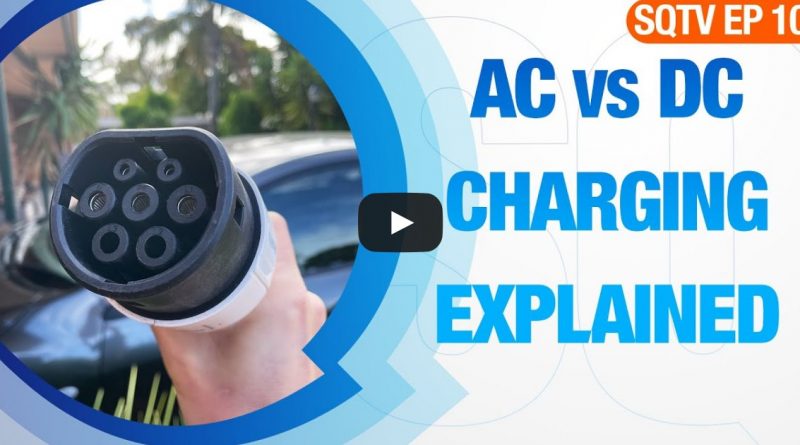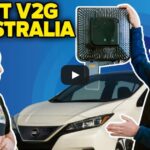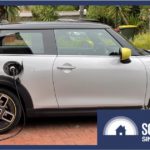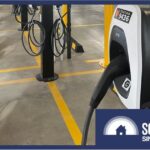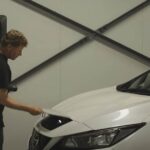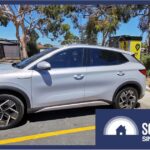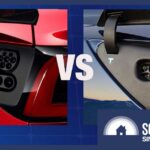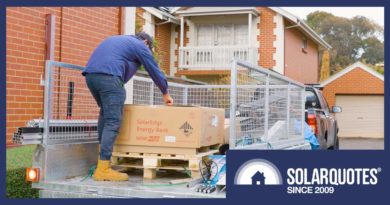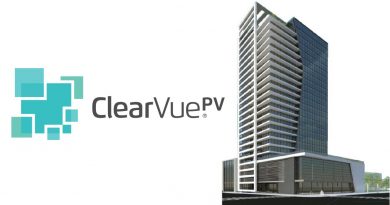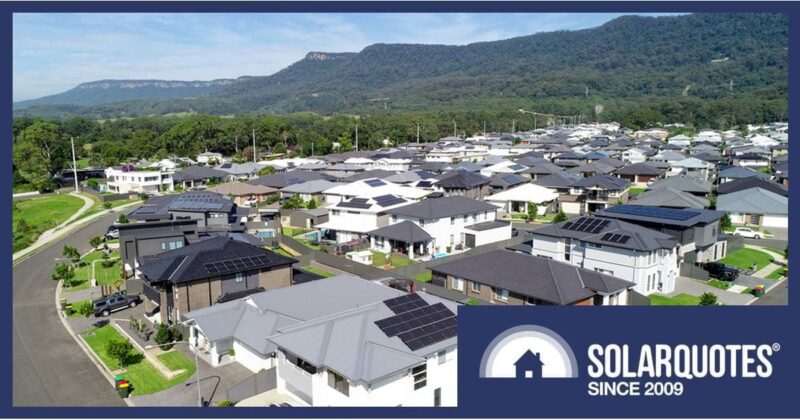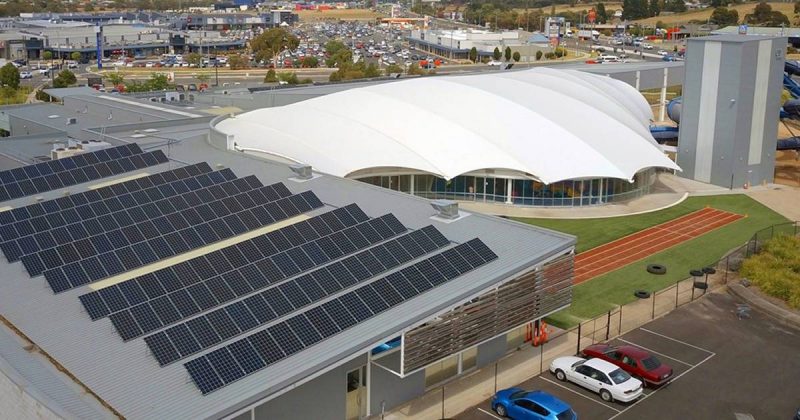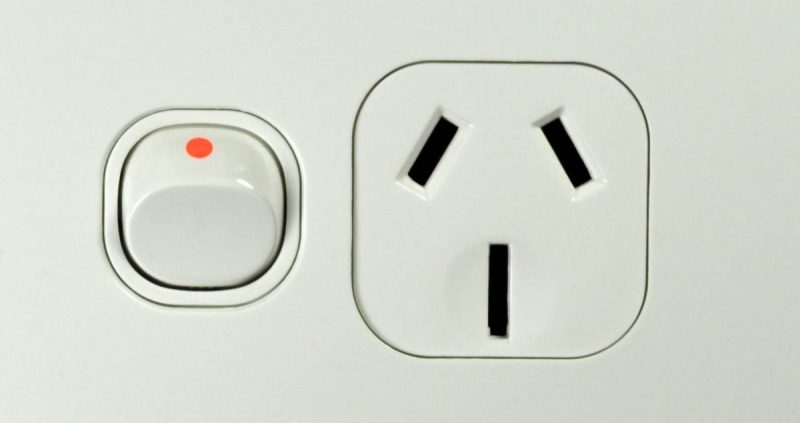EV Charging Chat With Chargefox’s Evan B.
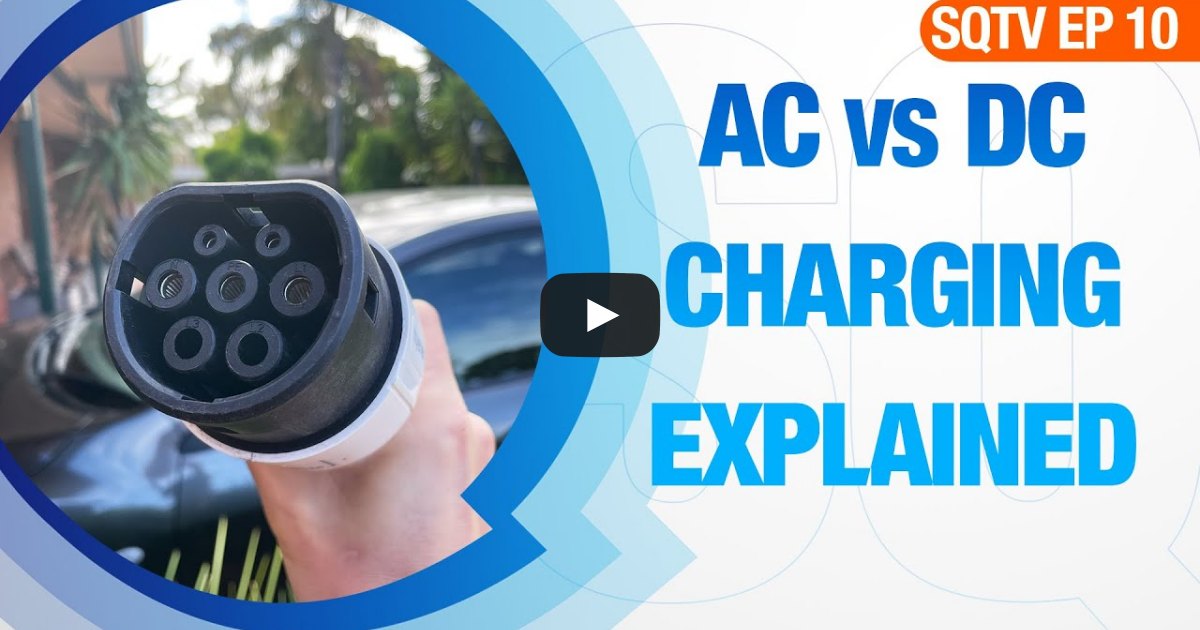
[embedded content]
Evan Beaver from Chargefox shows us his home EV charger setup and discusses differences in electric car charging.
— Transcript begins
Finn: For this month’s Solar Tech segment, we’re talking to Evan Beaver from Chargefox in New South Wales, an EV charging company that has been going gangbusters as interest in electric vehicles in Australia really starts to take off.
Evan, your time starts now.
Evan: G’day Finn. Evan Beaver here from Chargefox. I’ve just got back from Shell Cove, where we’ve got a large ultra-rapid charging site. It’s about 200 kilometers from here, and I just wanted to show you around our charging setup and talk a little bit about EV charging in general. Let’s have a look.
The car is dead flat. I’ve plugged it in. This is how we do all of our charging at home. Just with a 10-amp plug. 10 amps means that can provide 2.4 kilowatts. And the (Nissan) Leaf, with its 24-kilowatt hour battery, is going to be completely recharged in about 10 hours. That’s fine. Car’s not going anywhere – we can afford to let it sit there and charge slowly.
More common when you’re out in public is these sorts of things. That’s a type two connector, so that end will go into a socket on a public charger – called a Mennekes plug in some places. It’s the same as Tesla started out within Australia. And the other end is that same J1772 AC plug. That can do up to 22 kilowatts AC, but the Leaf has only got a little onboard charger. So it’ll stop at about 7.2 kilowatts.
Fast Chargers And Small EV Batteries
You can see down in the front of the car, right-hand side is the AC connector. It’s quite small compared to the big fat DC charger on the left. That’s because the DC charger can do 50 kilowatts DC. So rather than taking 10 hours to completely recharge the battery, that recharges this car from flat in just over half an hour. Don’t want to do that too often on a little battery, because it’ll start to get hot and wear out.
We’ve been living with the Leaf for about a year now and do all of our charging at home through that 10 amp plug, and then use public chargers when we’re out and about. On our Chargefox network, which you can access through the app, we’ve got the ultra rapid stations from Brisbane all the way through to Adelaide. You can drive Brisbane, Sydney, Melbourne, Adelaide, and then there’s a couple in Perth. And then one in Tasmania.
In between that there’s loads of public chargers that you can access through that same network.
Oh, sorry. What was that? I think I’ve run out of time. Sorry, I could go on and on about charging. Hope to talk to you again about it one day Finn.
— Transcript ends
The Chargefox network includes standard AC (22kW), fast DC (50kW) and ultra-rapid DC (350kW) chargers, the latter powered by 100% renewable energy.
Trivia: Evan was the Program Manager for the Tesla supercharger network when it rolled out in Australia; overseeing the initial network and management of all EV infrastructure across the country
Learn more about EV charging and other interesting electric car info in Episode 10 of SolarQuotes TV: The Ultimate Guide To Electric Vehicles. For more SQTV episodes and other videos on all things solar energy-related, visit and subscribe to the SolarQuotes Youtube channel.
Thinking solar power and EVs? Read SQ’s Home Owner’s Guide To Solar And Electric Cars.
Original Source: https://www.solarquotes.com.au/blog/ev-charging-chargefox-mb2237/

